DATELINE – Spring 2023
The Dallas/Fort Worth metroplex is blessed with an abundance of reservoirs and lakes–both large and small. Many of the larger lakes are bounded by areas of US Army Corp of Engineers lands, or others types of public property. A good percentage of these public lands have remained undeveloped and are largely unmanaged. These areas then become great places for bushwhacking exploration, if you are so inclined!
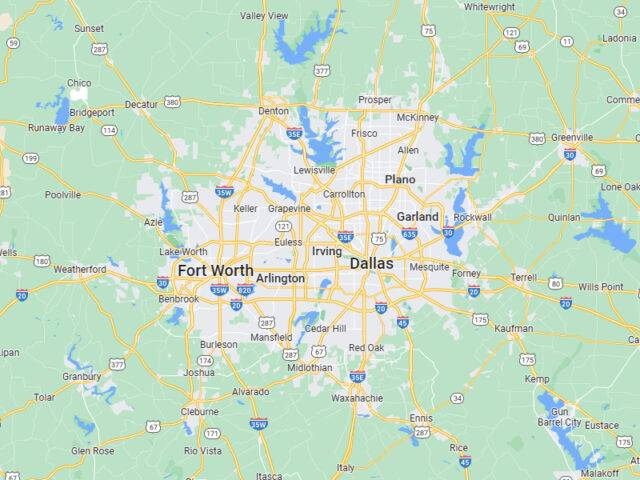
For me, there are few things I enjoy more than hiking and exploring off trail. A new plot of land than I have not been on previously is all the better. This past spring, I had the opportunity to poke around on one such parcel of public land–a substantial and feral peninsula jutting out into one of our local reservoirs.
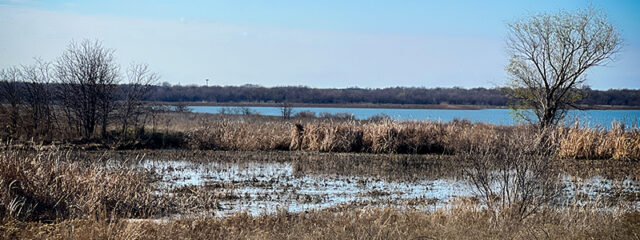
in the far distance, just cries out for exploration
There is always something interesting to be found on parcels of land like this one. Whether it is stumbling across remnants of the land’s past use (much of which is rapidly approaching 100 years of age around the metroplex), or more recent evidence of other human visitors, to exciting wildlife sign or encounters, the notable things you can discover on these kind of hikes is what makes them so much fun.
I visited this plot of land on four separate occasions this past spring, covering a period of time from when things were just starting to green up, until the seasonal vegetation was lush and full. Even though I was thoroughly engaged in hiking and exploring, I still made an effort to document our wanderings in photographs. I tried to take pictures of every notable sight and oddity we stumbled upon.
Further, the abundance of wildlife sign encouraged me to leave behind a few trails cameras to see what they would reveal. Every one of those sets were very productive, and lots of great pictures were recorded. The amount of White-tailed Deer activity–particularly by big, impressive bucks–was remarkable. We placed our cameras in time to catch still-aggressive bucks in some late season sparring, and recorded their interactions until well after the antler drop a few weeks later. The sheer number of pictures we recorded inspired me to begin referring to the peninsula as “Buckland.” See the photo-essay below for more!

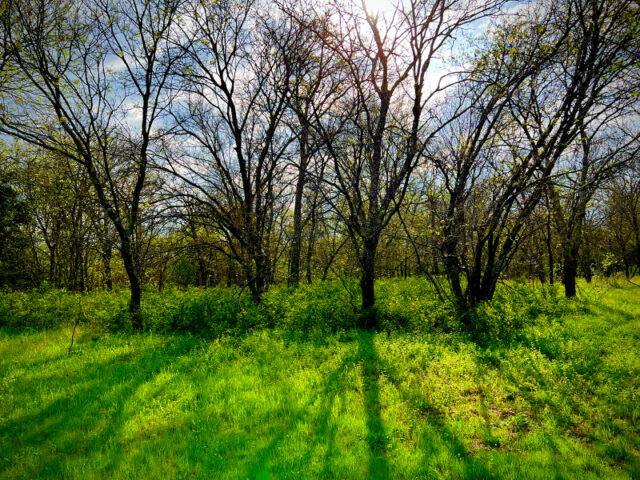

only be a matter of time before we crossed paths with some!
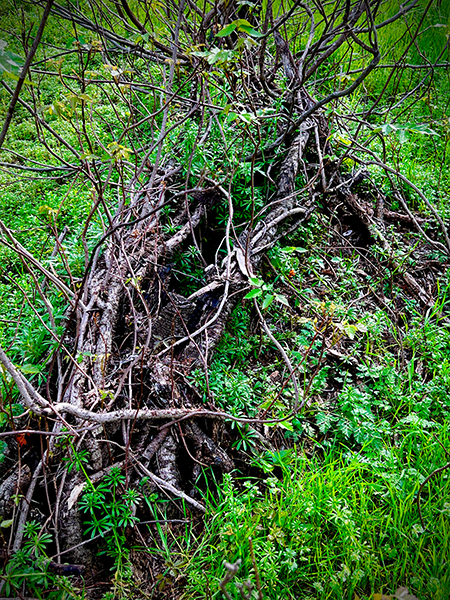
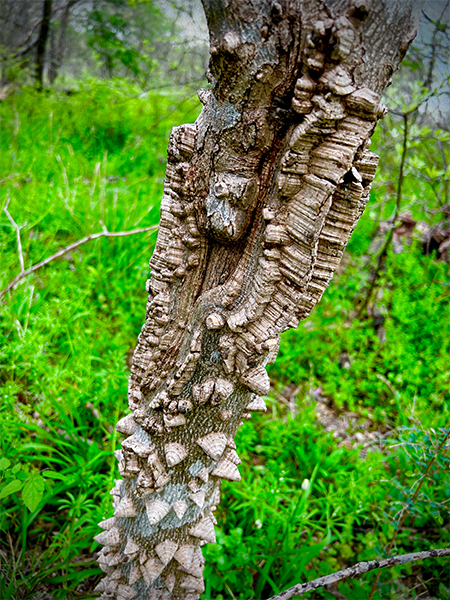
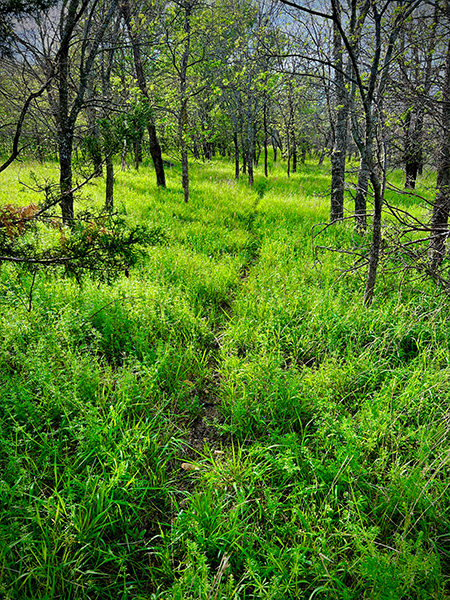


there were still some areas of dense underbrush


Click Picture to Enlarge
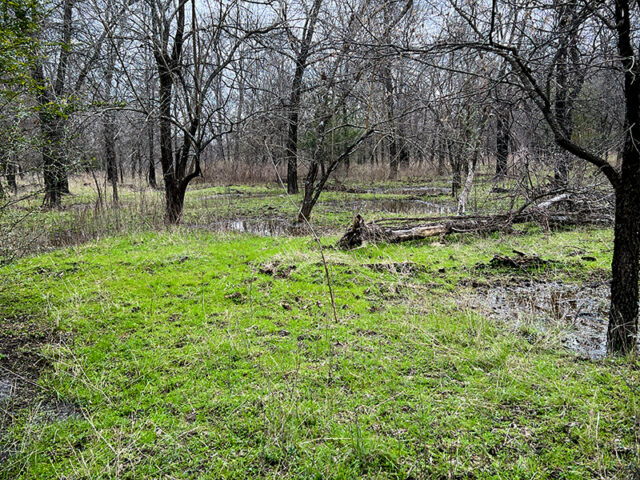
to enjoy sparring in and around the pools of water
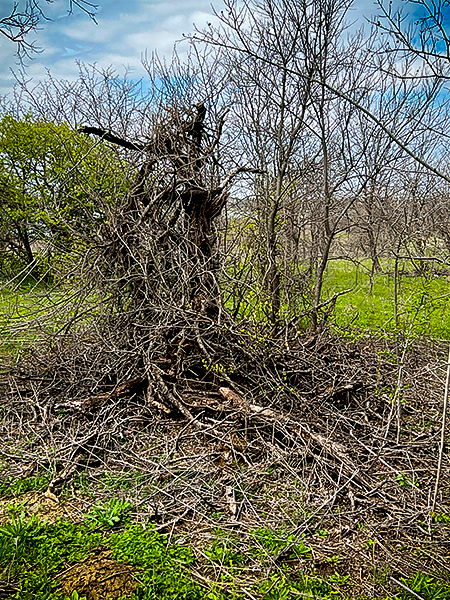
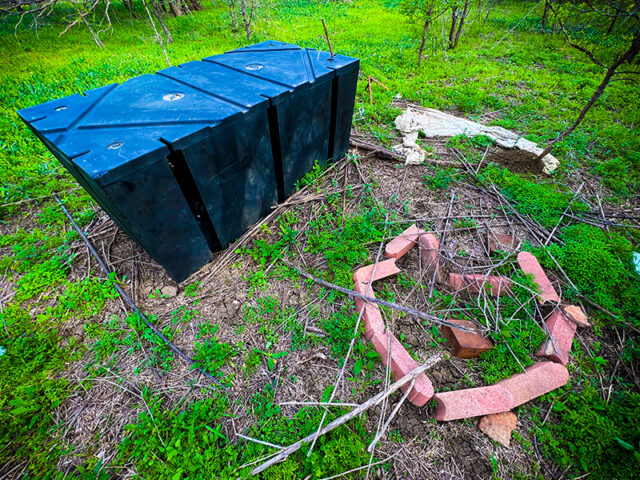

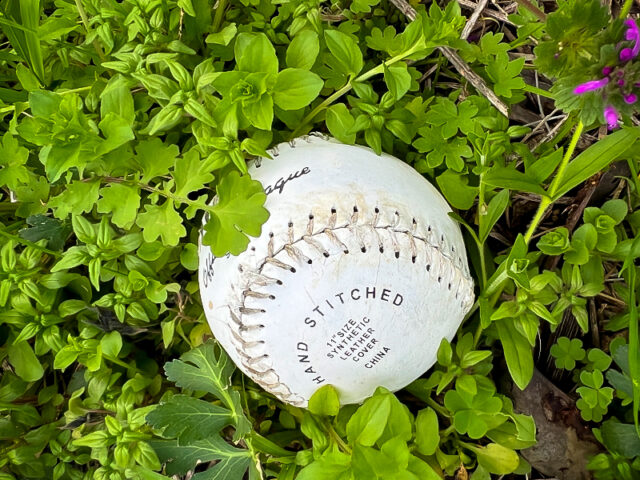
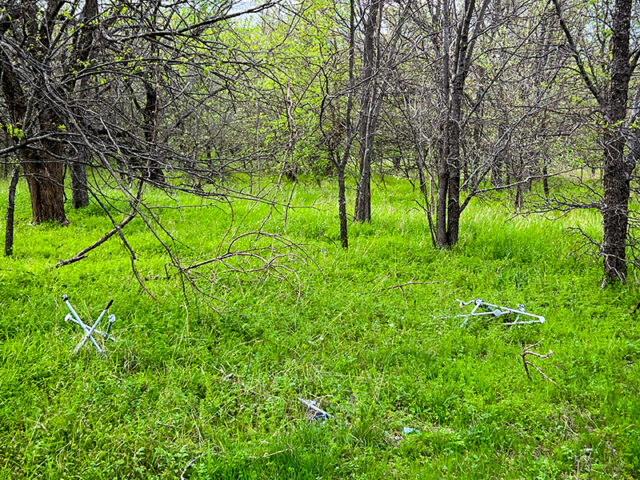


one of the peninsula’s predators–likely a Coyote!
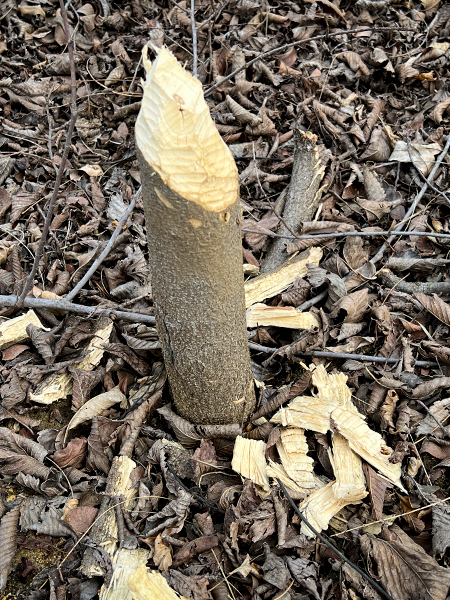
different places along the way
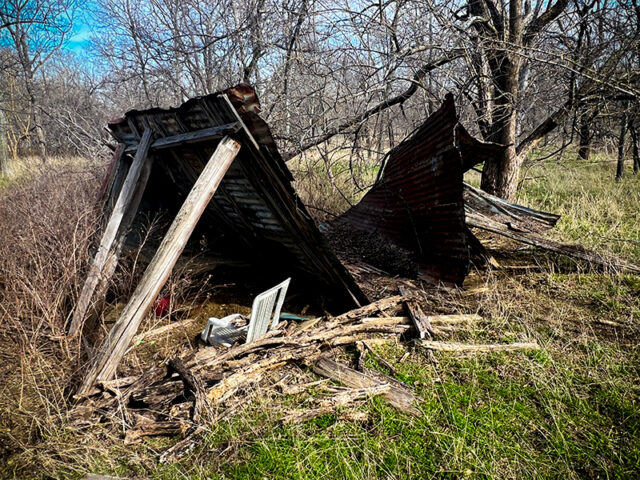
back to a time before the reservoir was constructed
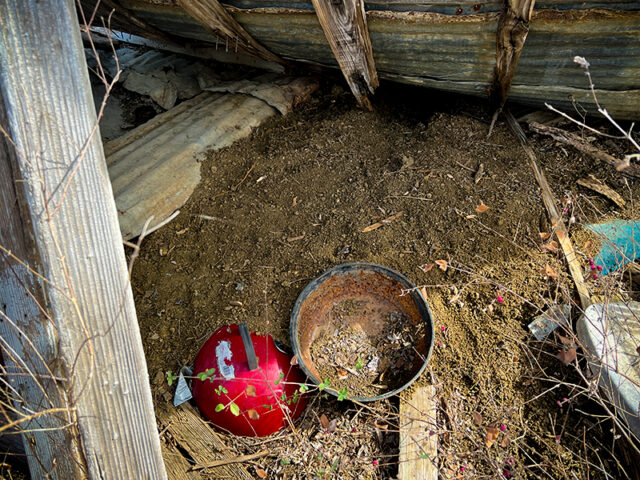

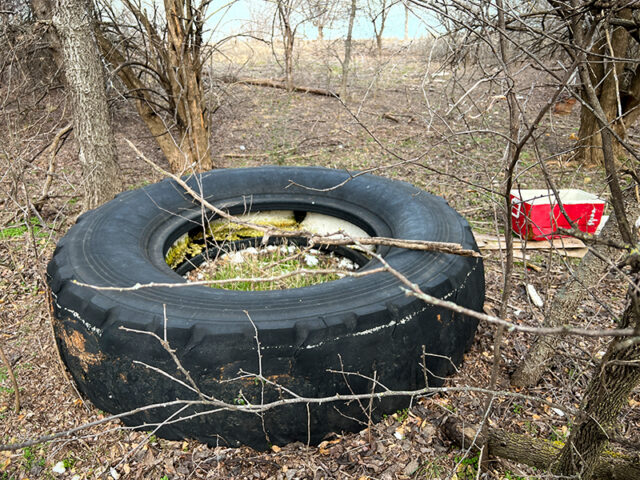
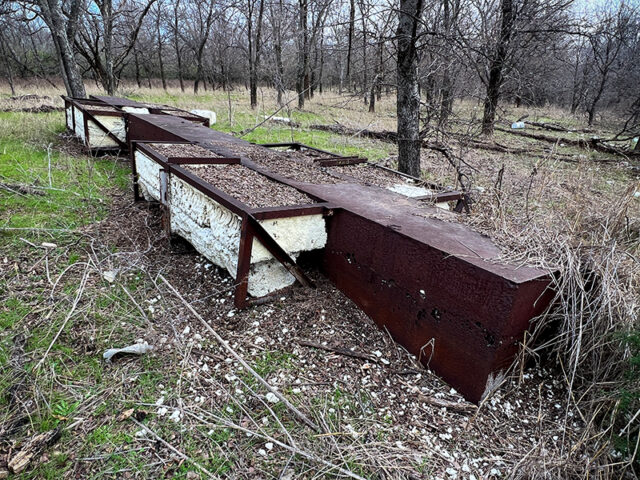
here on the peninsula during a time of high water
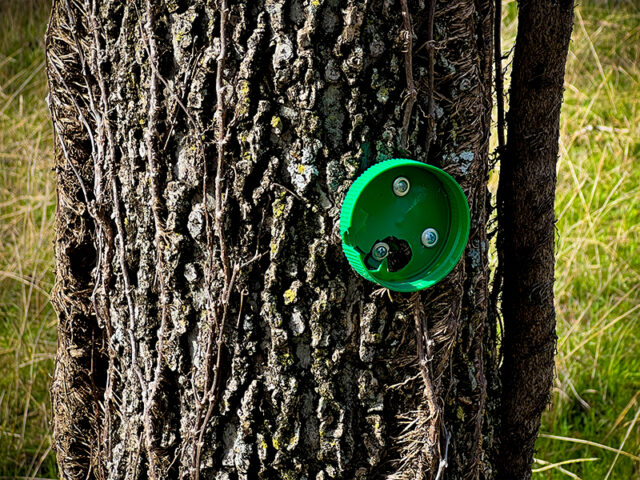
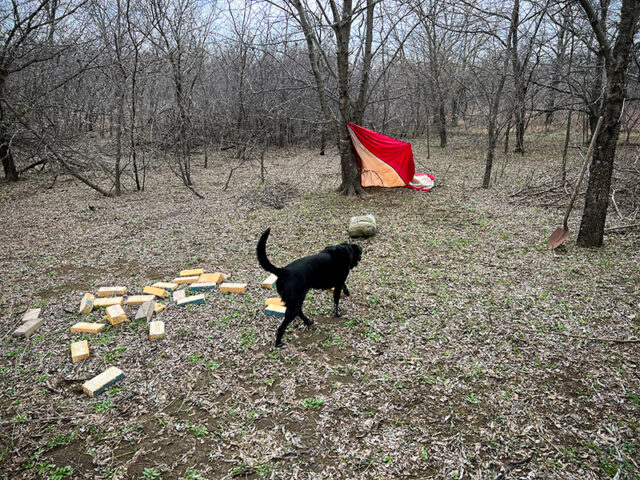
built by kids from a nearby lakeside neighborhood
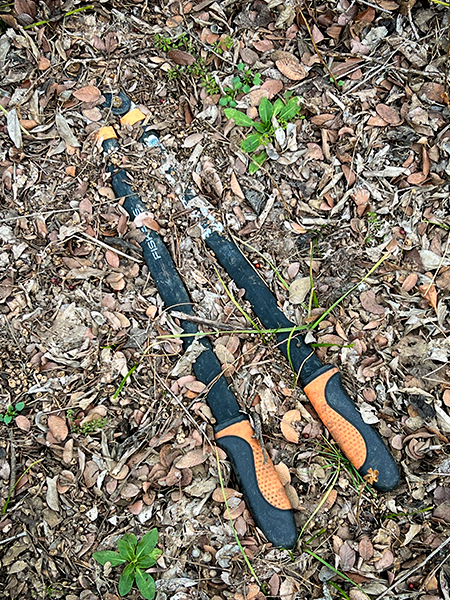

in this case less than an hour after I placed the set
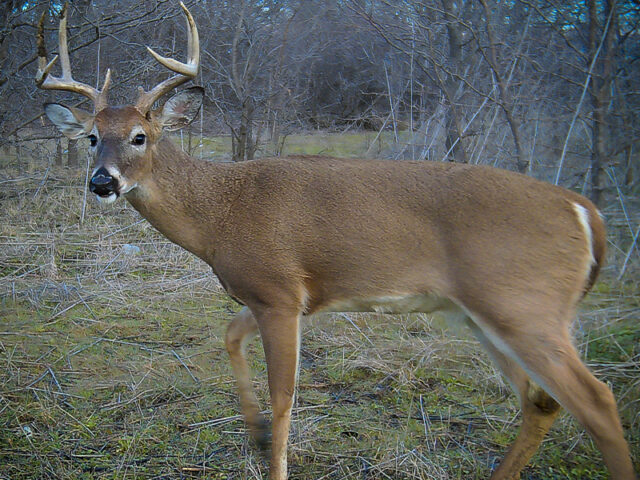

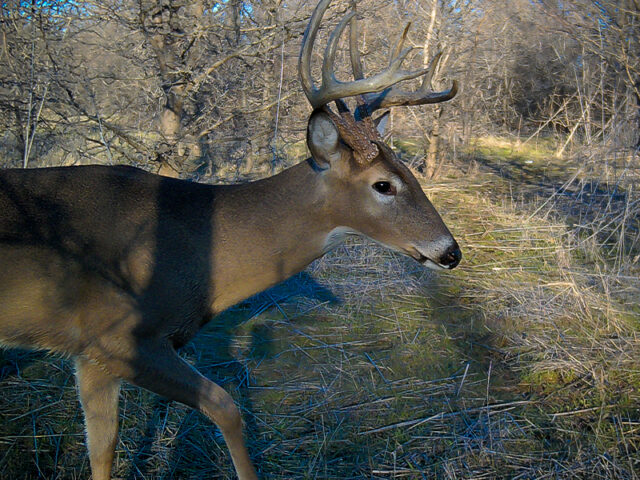

but his massive rack was certainly the most impressive!
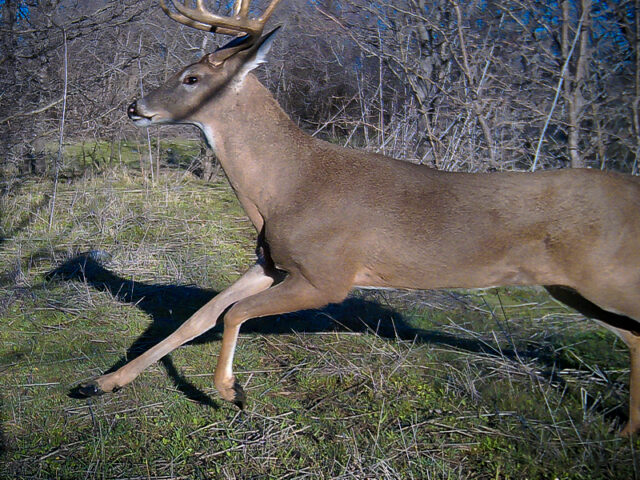

This one has just recently been in the water

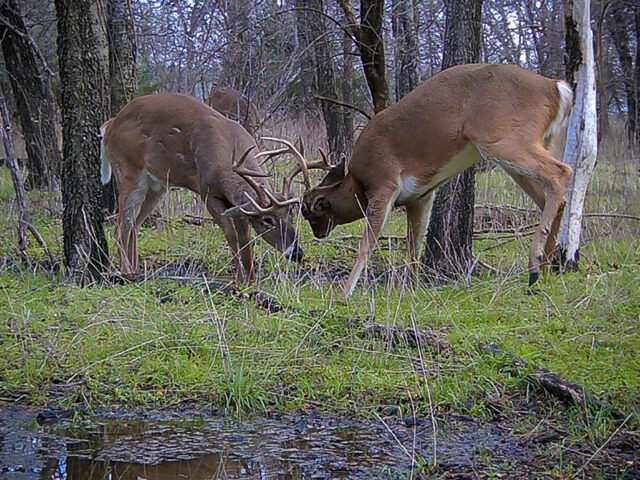
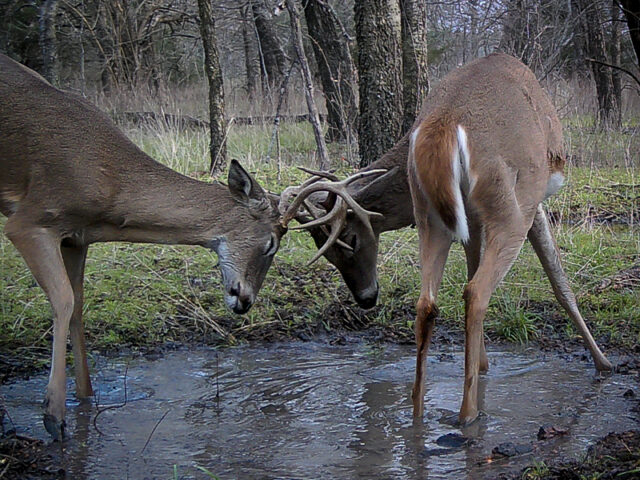
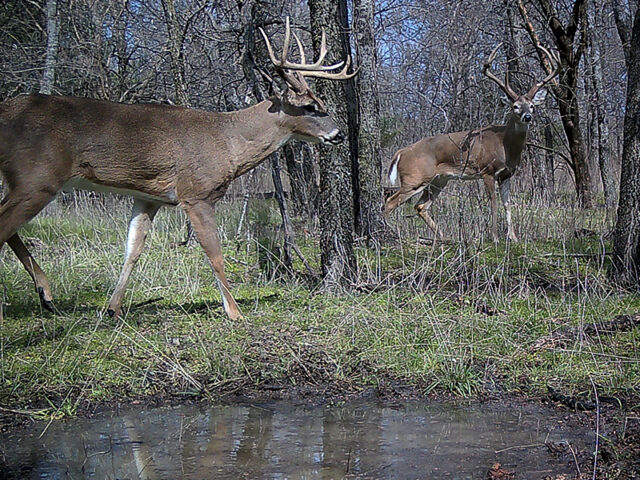

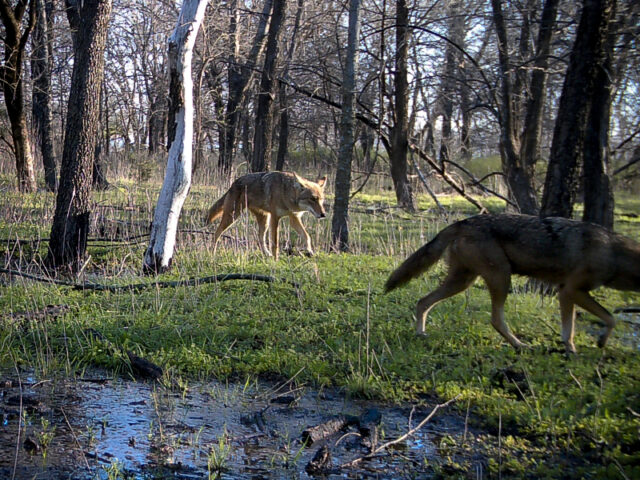
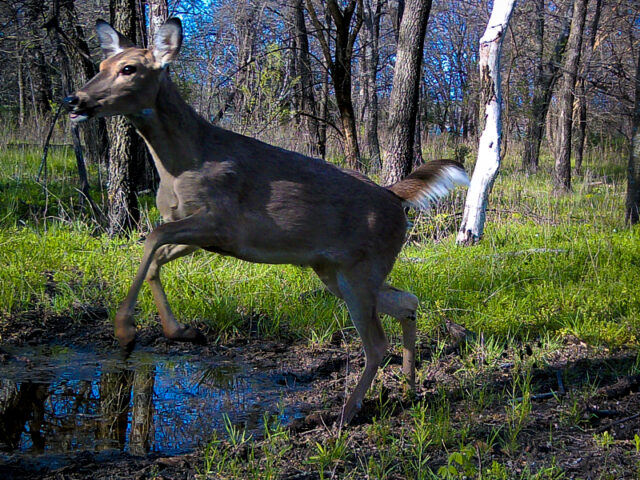
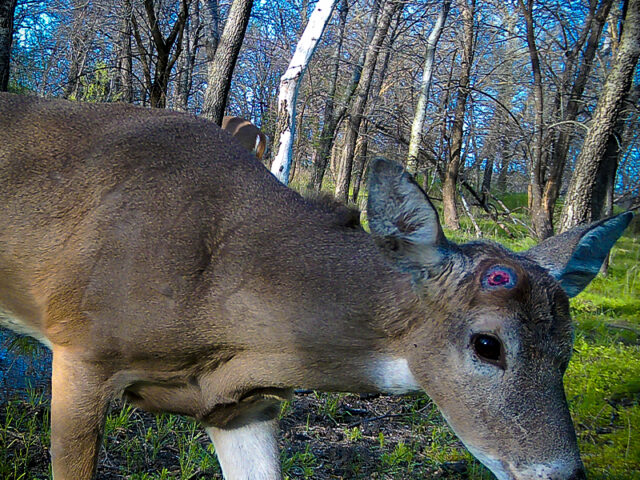
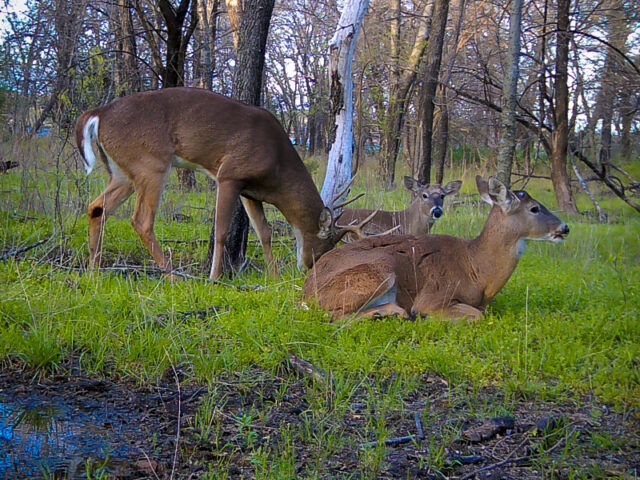
One still has his antlers, the other two have recently dropped theirs
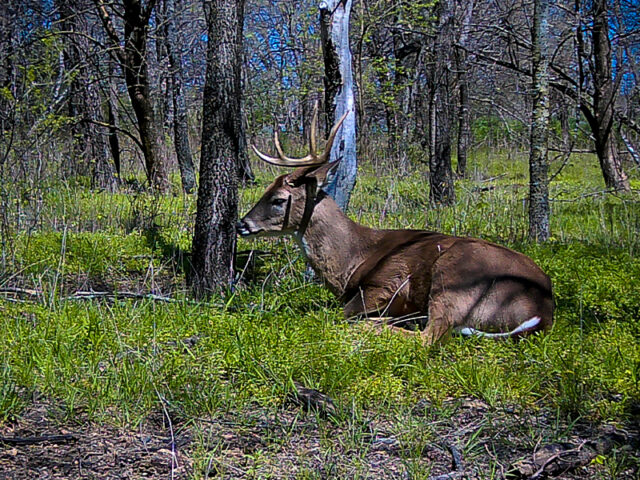
a break right in front of one of my trail cameras
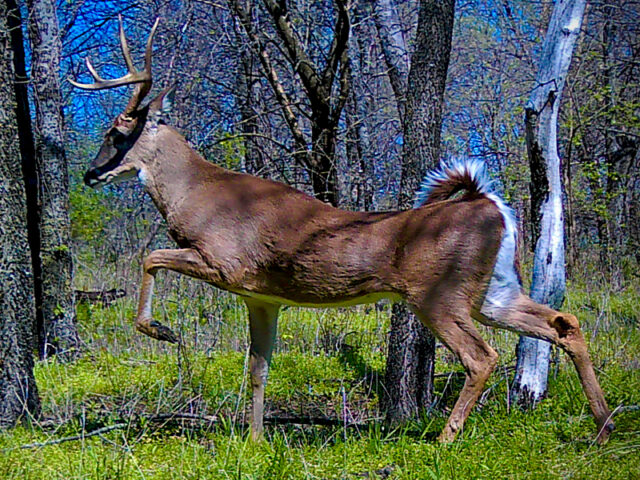
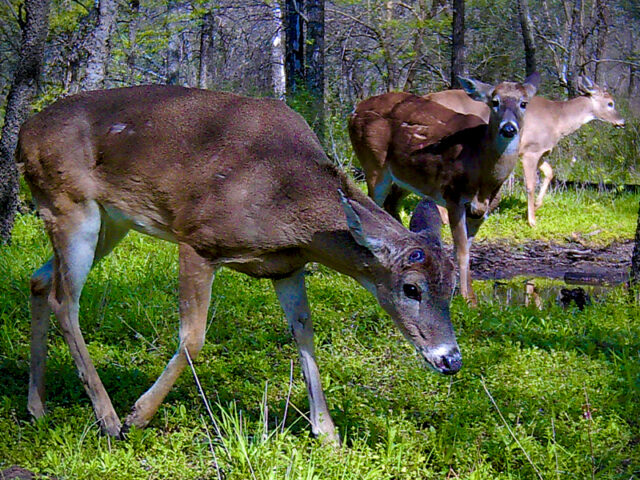



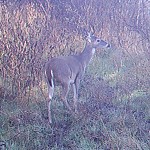
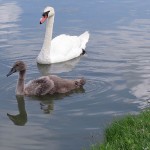
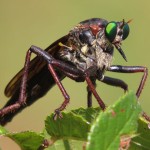
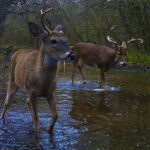

Another excellent and well illustrated with good photographs article.
Chris, I believe the gar head is that of a long-nosed gar, rather than a spotted gar. Check the relative length of the snout to the total head length.
Hi David,
Gar identification is difficult for me–especially on small skeletons like this one. Only having the skull makes it more challenging. I do not have a method for making what I consider an absolute positive ID (hopefully there is a good technique that I will eventually have a chance to learn), so I do the best I can and try to make a good educated guess. Here’s how I worked the problem this time… In this case we have three possibilities: The Spotted Gar, the Alligator Gar, and the Longnose Gar. The fourth Texas species (Shortnose Gar) lives only in the Red River and should not normally be found in the DFW metroplex. Next is to look at the snout. It is not clear from this profile picture, but the snout on this skeleton is broad along its entire length, with a gentle taper toward the tip. Too broad for a Longnose Gar, but not broad enough for an Alligator Gar. Finally, I look at the eye socket, and try to make a count of how many could fit down the length of the snout. In this case I get the number eight, which I believe is consistent with a Spotted Gar. With a Longnose Gar I might expect the count to approach fifteen or so. Final ID: Spotted Gar!
https://tpwd.texas.gov/fishboat/fish/management/alligator-gar/identify-gar.phtml
https://www.facebook.com/TexasHighPlainsFishing/posts/everthing-you-ever-wanted-to-know-about-texas-gar/1550065125106227/
You are probably right. When I looked at the photo again, I concluded that the width of the snout was probably wider than a longnose would be, and was going to make that comment. Snout width is the most reliable key feature, but the perspective of the photo does not allow a top view of the snout. I was looking at the ratio of snout length to post orbital length, which is less reliable, especially in small specimens. It is supposed to be 2 or greater for longnose gar. This specimen is just about exactly 2, but the ratio changes with age.
BTW, I think that following the delivery of Red River water into Lake Lavon, shortnose gars have made their way to the Trinity River Basin, though mainly in East Fork and tributaries. I have forgotten the name of the creek that was compromised to serve as the conduit for Red River Water into Lavon.
Should have been postorbital head length in the description of key characters, not just postorbital length.
Thanks for your input, David. I do wish I could find good reliable algorithms that would help me work the diagnostics on IDs like this one. Without, I have to try to develop one on my own, which is very challenging. Its a catch 22… Without an algorithm it is hard to know all of the diagnostics that need to be considered, and without knowing all the diagnostics to be considered it is impossible to develop a reliable algorithm! Gars are one type of animal that gives me trouble like this… Rats and mice are another. Turtles are another. Cicadas, Spiders, crayfish, and other invertebrates can be even worse! If there is a resource for making these IDs, I am not aware of where to find it! I’ve never been able to find one on the internet!
Hi Chris, Here is one reference, somewhat dated with both classification and nomenclature changed for some species since publication. It also may require examination of preserved specimens in some cases, not something one does in the field. Things like scale counts and lateral line pore counts clearly can only be done with the aid of a microscope on some species: https://repositories.lib.utexas.edu/bitstream/handle/2152/6290/Hubbs_et_al_2008_checklist.pdf?sequence=2&isAllowed=y
A good field guide for freshwater fishes is: Page, Lawrence M. and Brooks M. Burr. 2011. _Peterson Field Guide to Freshwater Fishes North of Mexico Second Edition. Houghton, Miflin, Harcourt, Boston and New York. Again, some classification and nomenclature has changed, and of course, the book is encyclopedic in coverage, so for speciose groups like minnows and darters, can be daunting.
It is always fun.
Chris, the Peterson Field Guide mentions a characteristic of the spotted gar that I completely overlooked. The spotted gar has a series of bony plates on the isthmus, the ventral surface between the angle of the lower jaw and between the gill covers. No other gar species has those. They should be present on skeletons seen in the field.
I am a little surprised you have not seen lots of peanut butter jar lids screwed to trees. I have spent lots of time on public land in the woods. I come across them all the time.
Usually it’s poachers or baiting on public land where it’s not permitted. Just screw the lid to a tree. Cut the bottom of the peanut butter jar out and screw it back on the tree. They are usually at the right height for deer and to high for hogs.
If you see one with peanut butter still in it. There might be a trail cam around too.
FYI… I love your site. I have been reading it for years. Keep up all the good work.
FYI…